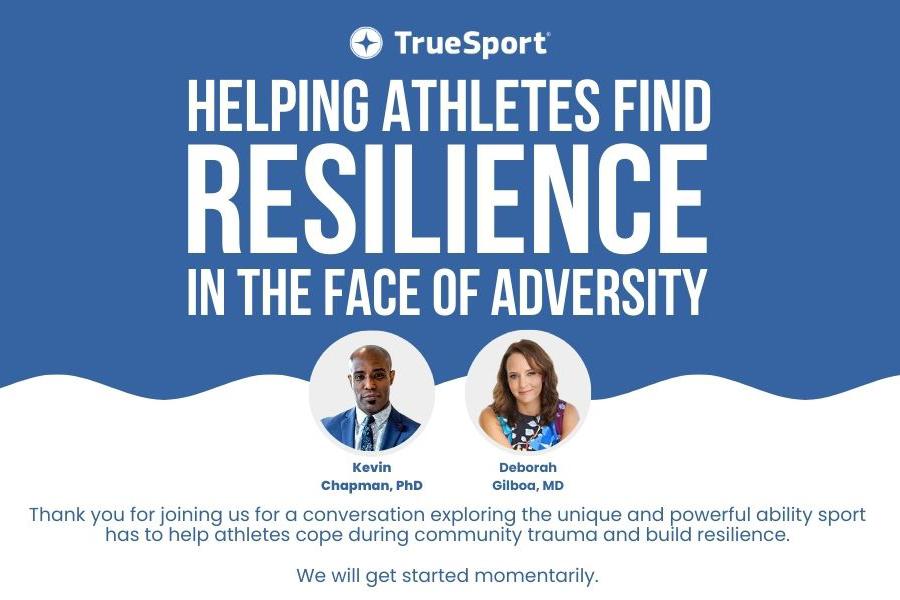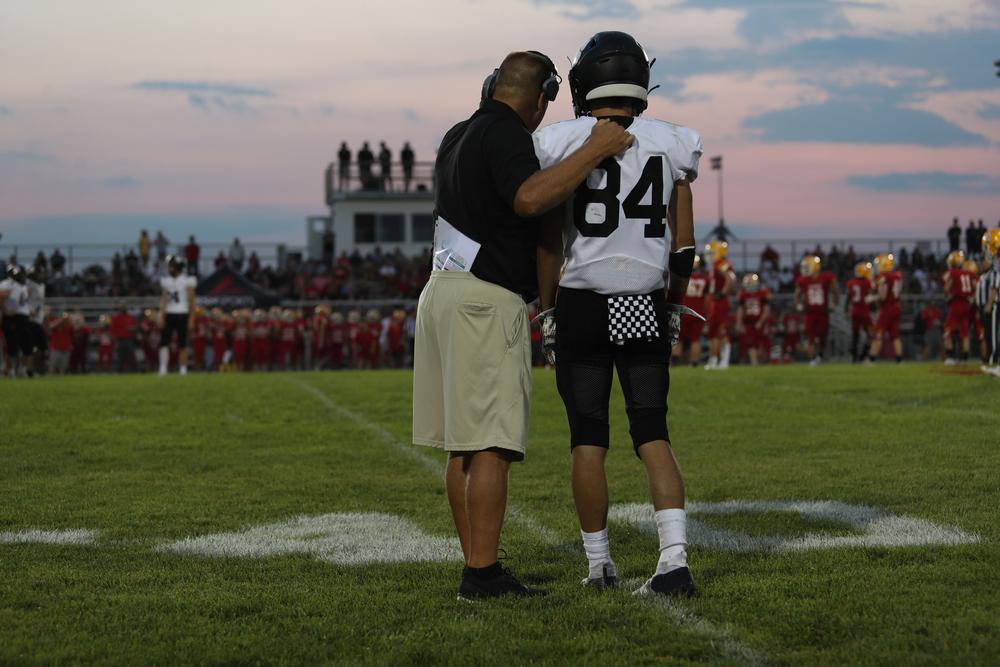Content Warning: This video contains mentions of bullying and trauma.
Bullying’s really become quite a catchall phrase that a coaches in associations, as well as parents use to describe a wide variety of behaviors. When we’re thinking about bullying, it’s really important to understand what it is that we’re talking about. What is that behavior that we’re hoping to address. The problem with using the term bullying to describe this wide variety of behaviors is that, it’s quite a negative catch-all phrase, and it’s a label that can really stigmatize a young person, and follow them as they go up throughout their career as an athlete.
What I like to do when I’m talking about bullying is take a Trauma-Informed approach, which is an approach that really looks at an athlete as a complete person. So a Trauma-Informed approach considers all of the things that might be going on for that person within their experience on their team, in sport, but also at home, and perhaps if they have some stuff going on for them at school, as well as things that might’ve happened to them previously in their life. So when you take a trauma informed approach, you’re looking at a person much more holistically, rather than just, as that player on the team who has problematic behaviors.
Really normalizing conflict on a team can go a long way, because conflict is a natural part of any team’s growth, and development. When it comes up, people get really uncomfortable, and that’s when oftentimes terms like bullying gets get thrown around, because people are left with looking for a solution. Sometimes that solution is just blaming someone for something that they’ve done, rather than looking at the complexities of the bigger problem. If you are in the position as a coach, or as a parent to have, to have a conversation about bullying type behaviors, what can go a long way is to describe what the behaviors are, rather than using labels.
So having as much information as possible about what the behaviors was, so rather than using terms like, they were disrespectful, you could say something like, they invited all of the team members to go for coffee after practice, but excluded this team member, and they did it by text. Get some of those details when you’re talking to your child, or when you’re talking to your athlete, depending if you’re a parent, or a coach, but it’s hard for people to address issues if they don’t know the specifics. Athletes really often look up to their coaches, and watch their behavior, and take their cues from their coaches behavior.
So if a coach is an open communicator, is transparent with what their expectations are, is transparent about what the boundaries are for team behavior. Then athletes are following that, and kids who do have problematic behavior, and who come from backgrounds, where there has been trauma respond really well to that, to boundaries, and to guidelines that help them know how to behave, when they’re in group situations. It’s really helpful for coaches to establish a strong respectful team culture, right from the beginning of the season, and to take a zero tolerance policy on disrespectful behavior.
Sometimes I’ve seen coaches have that attitude that, things will pass, if they just look the other way, hopefully things will get better, or boys will be boys. Things like that. Girls will be girls. There’s drama. All those sorts of surface stereotypes. When coaches do that, they are being complicit in the behavior, because they’re not setting that team culture right from the beginning. So by taking a zero tolerance policy, when the team first comes together, the team then can develop in an effective way where conflict is managed, and communication is respectful.
There’s been a bit of a push over the last several years for parents to take a little bit more of a back seat in sport, because often we’ve seen parents become over-involved, and display some really problematic behaviors themselves. What is really important is for parents to remain involved, and to remain engaged in their child’s life in sport, in a positive way. So that means having regular communication with the coach, having a good understanding of what’s going on, on the team so they can then support their athlete to navigate some of the interpersonal dynamics that might be happening on the team.
Parents can be a great support to coaches as well as to associations in terms of the volunteerism, in terms of supporting your athlete to continue to stay in the sport. Just like the coach, or just like the athletes, parents are also a part of the team. They are the ones who athletes go home to at the end of practice, at the end of games, and they’re the ones who really have quite a lot of influence over for young athletes. So it’s really important for parents to model behavior that’s respectful. Communication that’s respectful that young athletes can use when they’re interacting with their own teammates.
It’s also really important for parents to create an atmosphere of openness, so that their athlete can go to them if they are facing problems, and if they are facing bullying type behaviors from their teammates. Then once parents hear from their child, they can go and talk to the coach with their athlete. Then look at what can be done to address some of the problem.



